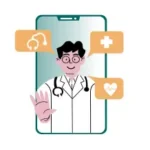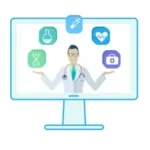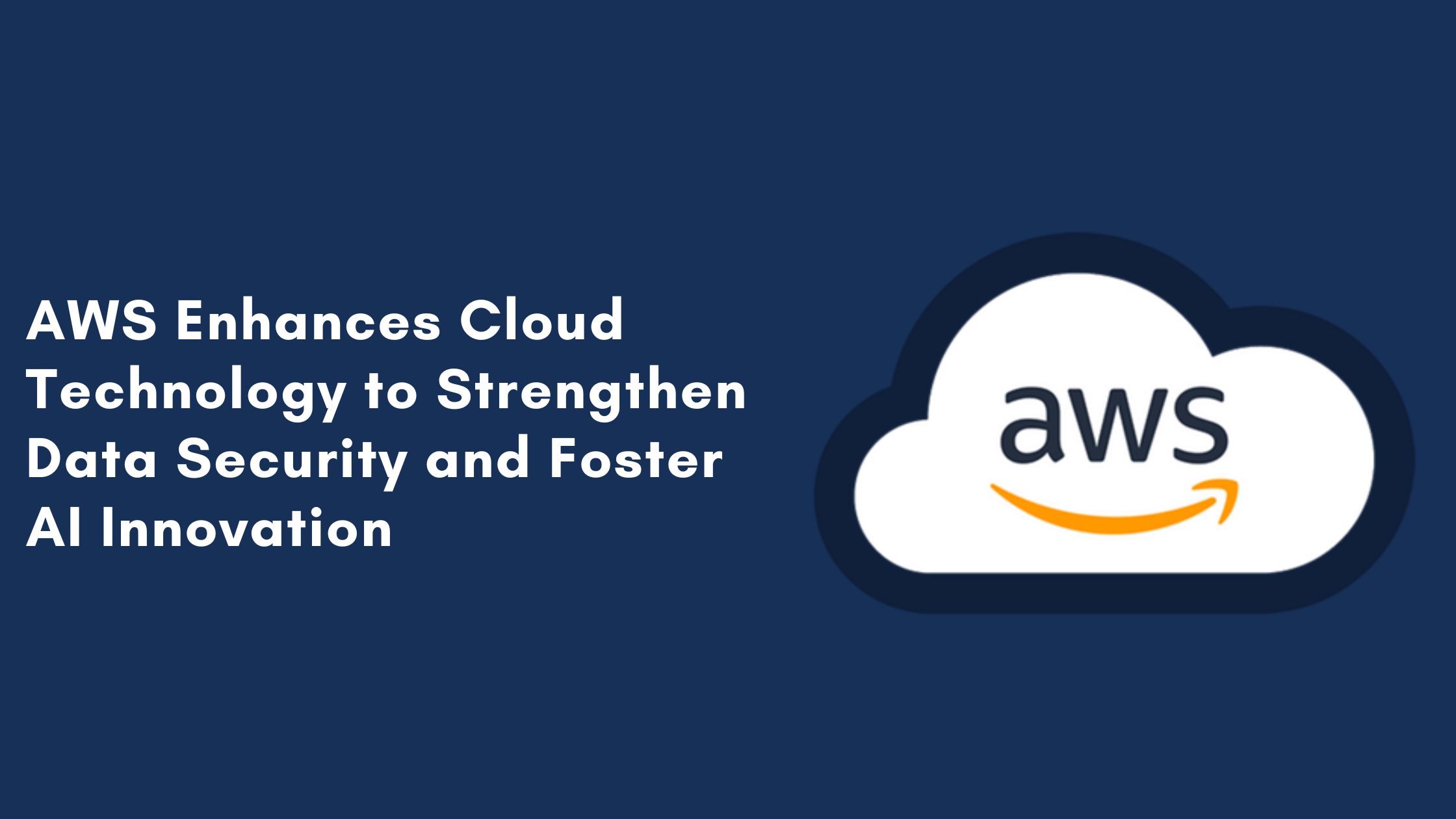
The healthcare sector is always changing due to new developments in technology and an increasing demand for patient-centered, accurate, and efficient care. Healthcare providers are using healthcare-managed IT services to streamline their operations and satisfy these needs. In this blog, we’ll examine the crucial role of How Managed IT Services Are Transforming the Healthcare sector and offer a thorough how-to manual for changing it.
Understanding Healthcare Managed IT Services
Healthcare-managed IT services entail contracting out a range of IT duties and obligations to specialist service providers. These services are designed specifically to meet the demands and difficulties faced by healthcare organizations, including clinics, hospitals, and healthcare networks. Simplifying processes, improving patient care, and guaranteeing data security and compliance are the main objectives.
Key Benefits of Healthcare Managed IT Services
1. Enhanced Patient Care: Better diagnosis and treatment are possible because managed IT services give medical staff fast and easy access to patient data. Additionally made available are alternatives for remote monitoring and telemedicine, which enhance patient access to care.
2. Cost Reduction: Operating expenses can be greatly decreased by outsourcing IT services. It does away with the requirement for internal gear, infrastructure, and IT personnel. Expanding healthcare facilities and enhancing patient care are two possible uses for this cost savings.
3. Data Security and Compliance: Healthcare organizations are trusted with sensitive patient data. Managed IT services offer healthcare providers robust security measures and compliance with regulatory requirements like HIPAA (Health Insurance Portability and Accountability Act).
4. Scalability: As healthcare facilities grow, their IT needs evolve. Managed IT services can easily adapt to these changing requirements, ensuring that IT infrastructure scales seamlessly.
5. Disaster Recovery and Business Continuity: Managed IT services provide comprehensive disaster recovery solutions, safeguarding critical patient data and ensuring that healthcare operations can resume quickly in the event of a disaster.
6. IT Expertise: IT professionals who understand the unique needs of the healthcare industry work for service providers. Healthcare firms are guaranteed access to the newest technology and optimal procedures thanks to this experience.
Components of Healthcare Managed IT Services
1. Electronic Health Records (EHR) Management: Efficient management of electronic health records is critical. Managed IT services help with EHR implementation, maintenance, and data security.
2. Network and Infrastructure Management: It is crucial to guarantee the IT infrastructure’s dependability and security. Hardware upgrades, maintenance, and network administration are all handled by managed services.
3. Telemedicine and Remote Monitoring: With the rise of telehealth, managed IT services can provide the necessary technology and support for remote consultations and patient monitoring.
4. Cybersecurity Solutions: One of the main priorities is safeguarding patient data from online attacks. Strong cybersecurity solutions are provided by managed IT services to protect critical data.
5. Compliance Management: It is not negotiable to adhere to healthcare regulations. Service providers help make sure healthcare institutions comply with all applicable laws and regulations.
6. Helpdesk and Support: Quick resolution of IT issues is crucial in healthcare. Managed IT services offer 24/7 support to address technical problems promptly.
Implementation Steps for Healthcare Managed IT Services
1. Needs Assessment: Begin by identifying your healthcare organization’s specific IT needs and challenges. This includes assessing the current infrastructure, EHR systems, and security protocols.
2. Vendor Selection: Look into and choose a managed IT service provider with a healthcare focus. Verify if they have experience putting solutions for healthcare companies into practice successfully.
3. Planning and Implementation: Together with the service provider, develop a thorough plan for putting IT solutions into practice. This could entail improving cybersecurity, upgrading the network, or integrating the EHR system.
4. Training: Ensure that your staff receives proper training to effectively utilize the new IT systems and services.
5. Ongoing Support and Maintenance: For managed IT services to run smoothly, ongoing assistance and monitoring are necessary. Maintaining your IT infrastructure in line with industry standards requires regular reviews and updates.
Conclusion
Managed IT services are at the forefront of the revolution that is occurring in the healthcare sector. Healthcare-managed IT services help healthcare providers meet the industry’s ever-increasing expectations by streamlining operations, improving patient care, safeguarding data, and boosting productivity. When used effectively, these services can result in improved patient outcomes and a more promising future for the medical field.
Healthcare professionals and patients who depend on their knowledge and care can both benefit greatly from investing in managed IT services for healthcare. Therefore, if you work in the healthcare industry, you might want to look into managed IT services to streamline your processes and raise the standard of care you offer.






















